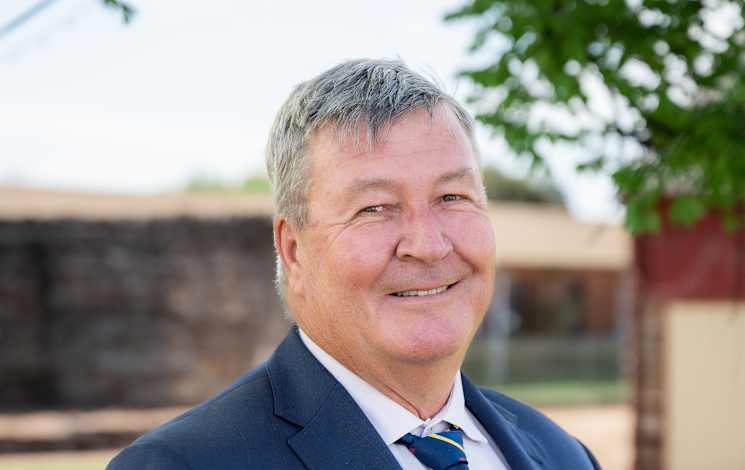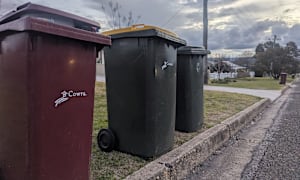"Cost shifting means our communities get less or go without.
"They go without safer roads. They go without parks.
"And they go without important community services that only councils provide, while their communities are effectively paying hidden taxes to other levels of government."
That was the blunt message from Cabonne Mayor Kevin Beatty in a report to the council’s July meeting, where councillors were presented with a NSW Local Government report on cost-shifting.
An average $490 per ratepayer collected by councils is absorbed by costs shifted onto them by other levels of government, a report commissioned by NSW Local Government Association has found.
Latest Stories
Cabonne voted to join the sector in writing to the Premier, the NSW Treasurer and the NSW Minister for Local Government seeking that they urgently address these costs through a combination of regulatory reform and appropriate funding.
Cost Shifting 2025: How State Costs Eat Council Rates was prepared by independent consultants Morrison Low.
“It is unfair to our communities that such a large portion of their rates are being diverted away from local priorities,” Cr Beatty’s mayoral minute to Cabonne’s July meeting said.
“To illustrate the impacts of cost shifting: Currently the average Cabonne residential rate is $774.26 per annum.
“Therefore, it can be strongly argued that currently it is just a few dollars short of two thirds of the average Cabonne rate payer’s contribution that goes towards funding costs passed on by the state government rather than local government services and assets.
“The decades-long practice of cost shifting is continuing to undermine the financial sustainability of the local government sector.
“This must stop.”
Cabonne councillors were unanimous in their support of both appealing to the State Government and publicising the issue to the community.
“I think it’s critically important our communities understand what it’s about and what it means for them in terms of how our rate money is used, the pressure it places on every council in the state,” Cr Peter Batten said.
LGNSW President Mayor Phyllis Miller OAM said councils faced unprecedented financial strain and warned the practice of cost shifting – overwhelmingly from the NSW Government - must end.
“Councils are having to foot the bill for State and Federal functions and services that they didn’t design and aren’t funded to deliver,” Mayor Miller said.
“This includes the collection of the NSW Government’s Waste Levy and payment of the Emergency Services Levy, and the huge shortfall in funding for our beloved libraries.
“There’s also the significant loss of income when councils aren’t allowed to charge rates on certain properties even though they are big users of council services.”
Inquiries into the financial sustainability of councils at both State and Federal levels over the past 18 months confirmed the severity of the situation.
The November 2024 report of the NSW Parliamentary inquiry into the ability of councils to fund infrastructure and services called for the NSW Government to identify opportunities to reduce cost shifting to local government.
The report highlights
• Forced rate exemptions: Where councils are required to exempt State-owned corporations and other organisations from paying rates, even though they use and benefit from local government services and infrastructure.
• The waste levy: An invisible State Government tax collected through waste management fees.
• Development assessment and regulatory functions: Including where the NSW Government sets fees well below the actual cost of these functions.
• Emergency services obligations: Including the requirement that councils fund 11.7 per cent of the NSW Government’s Emergency Services Levy cost.
• Library funding: The NSW Government originally committed to funding up to 50 per cent of libraries’ cost for many councils. It now funds just six per cent of total costs, leaving councils to make up the shortfall.










